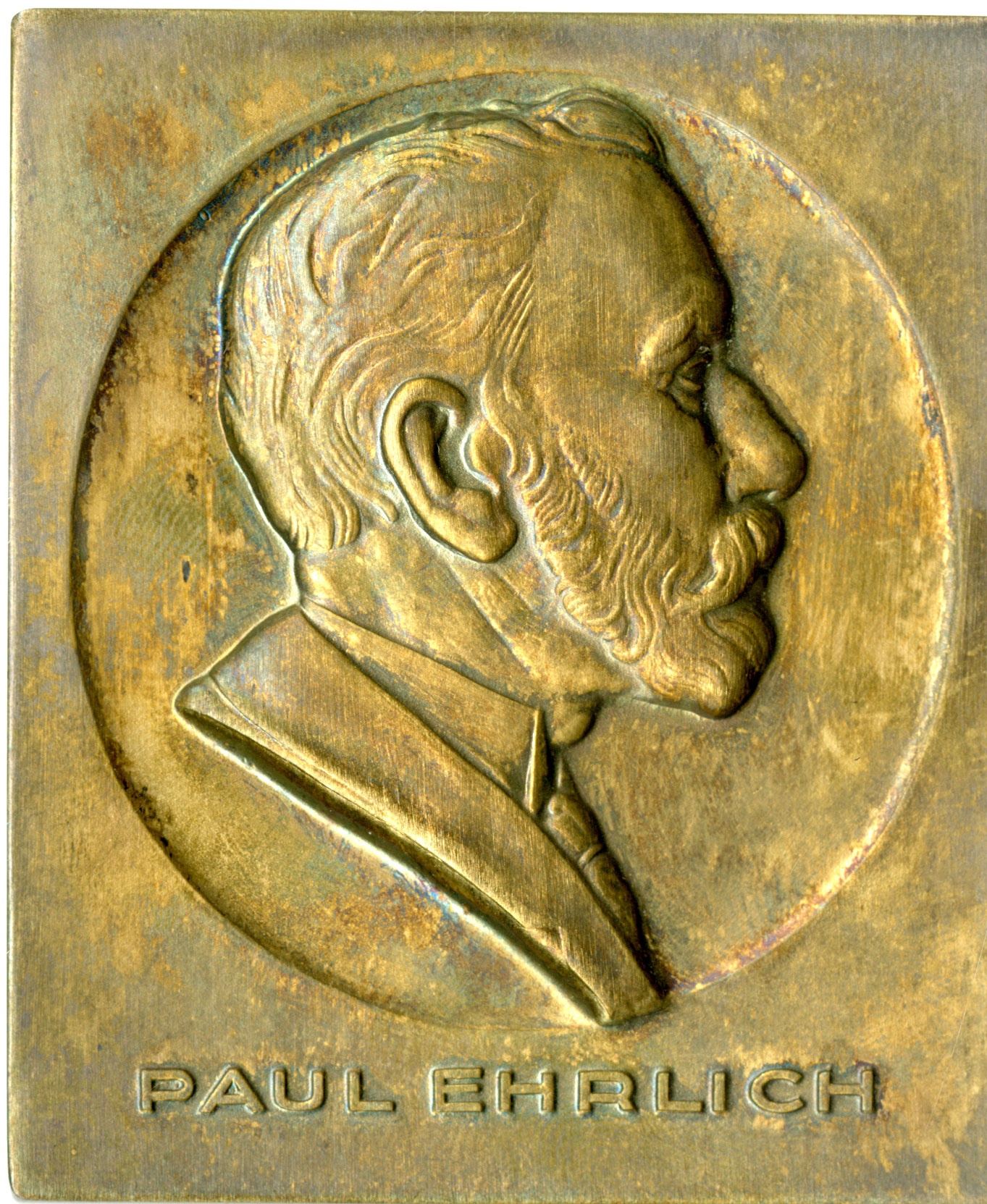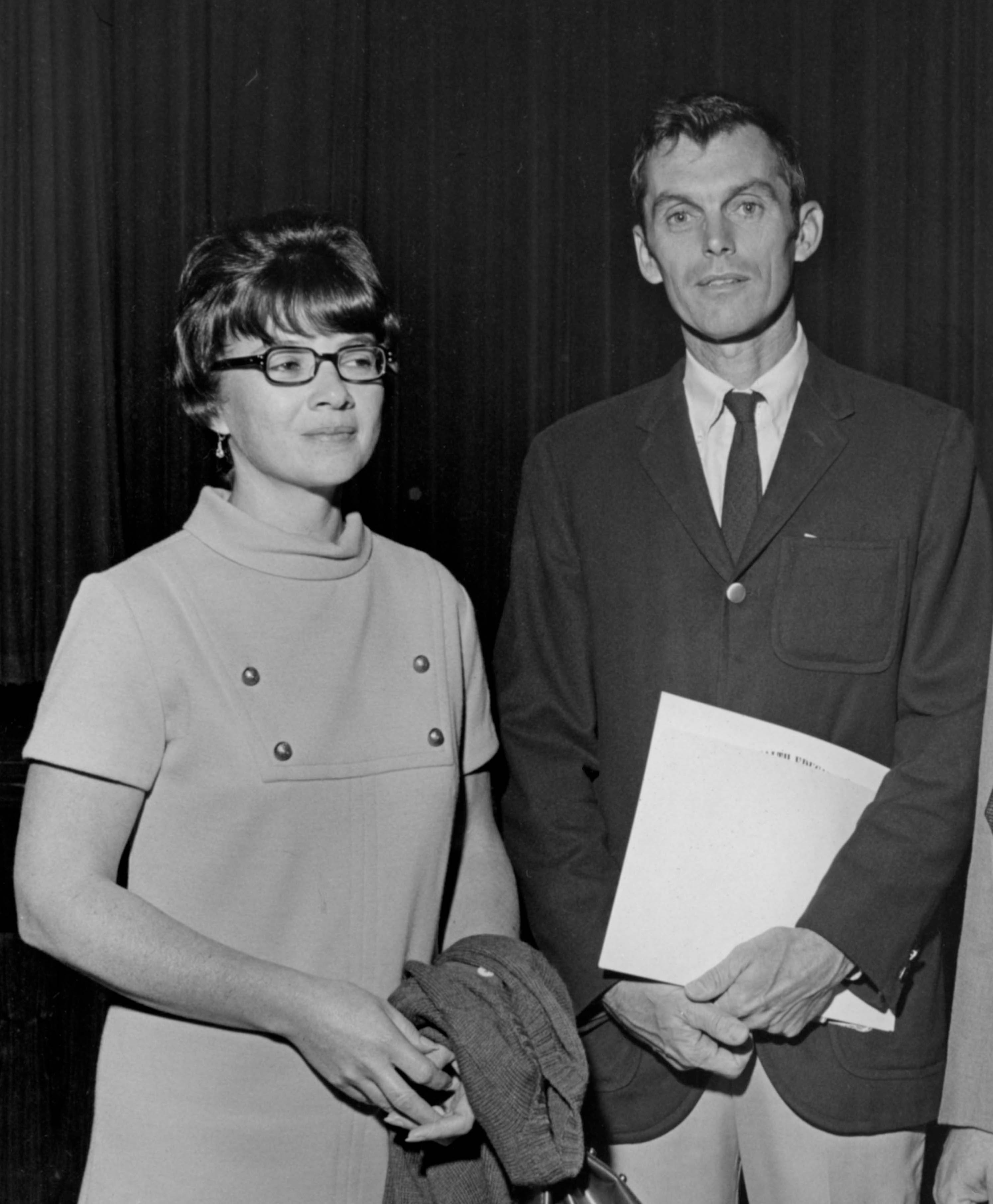...
| Dive | ||||||||||||||||||||||||
|---|---|---|---|---|---|---|---|---|---|---|---|---|---|---|---|---|---|---|---|---|---|---|---|---|
| ||||||||||||||||||||||||
|
...
| Dive | |||||||||||||||||||
|---|---|---|---|---|---|---|---|---|---|---|---|---|---|---|---|---|---|---|---|
| |||||||||||||||||||
|
...
| Dive | |||||||||||||||||||
|---|---|---|---|---|---|---|---|---|---|---|---|---|---|---|---|---|---|---|---|
| |||||||||||||||||||
|
...
The Lasker Medical Research Award
| Span | ||
|---|---|---|
| ||
Michael Potter won the Lasker Award in 1984. Two of the other winners that year, Georges Kohler and Cesar Milstein, had just received the Nobel Prize for the development of monoclonal antibodies, which they could not have accomplished without Potter’s work or cell lines. Pictured: Henry Heimlich, who developed the Heimlich maneuver; Potter; Georges Kohler and Cesar Milstein on either side of Mary Lasker; and Paul Lauterbur, who helped develop magnetic resonance imaging. |
...
| Dive | |||||||||||||||||
|---|---|---|---|---|---|---|---|---|---|---|---|---|---|---|---|---|---|
| |||||||||||||||||
|
...
| Dive | ||||||||||||||
|---|---|---|---|---|---|---|---|---|---|---|---|---|---|---|
| ||||||||||||||
|
HEW Award
Michael Potter was awarded the Health, Education, and Welfare (HEW) Award in 1969.
...
| Dive | |||||||||||||||||||||||||||||
|---|---|---|---|---|---|---|---|---|---|---|---|---|---|---|---|---|---|---|---|---|---|---|---|---|---|---|---|---|---|
| |||||||||||||||||||||||||||||
|
...










